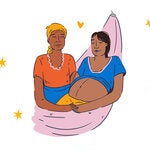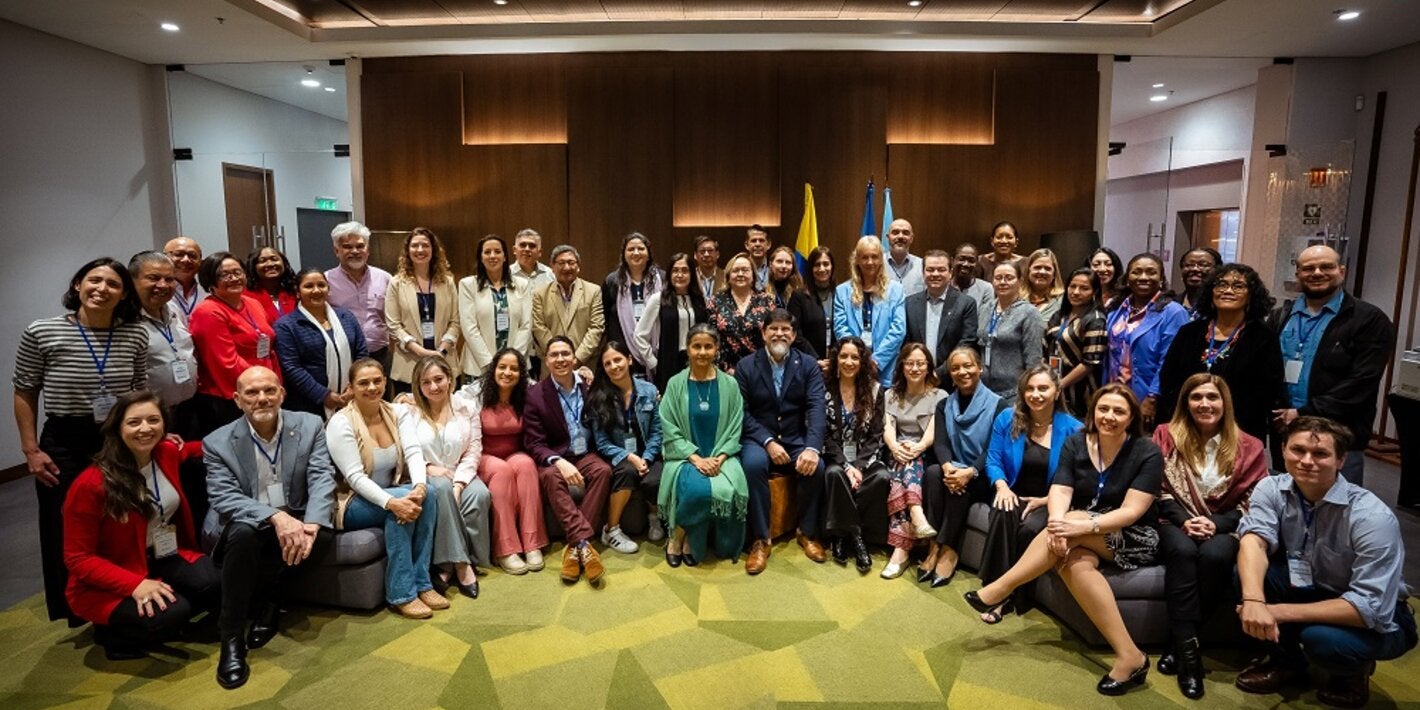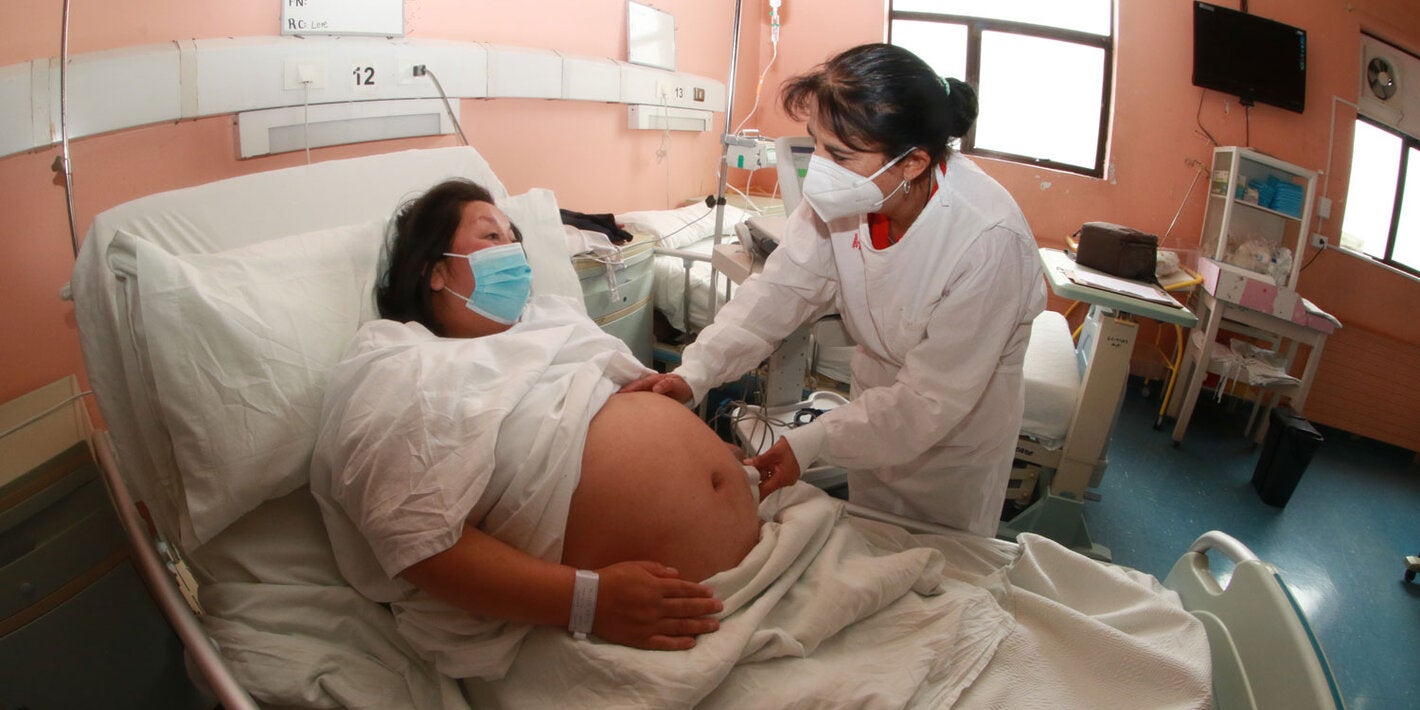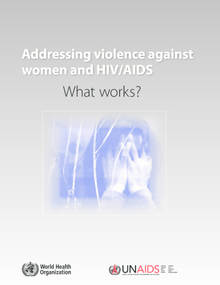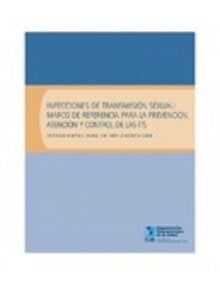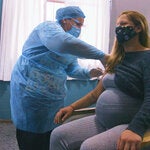Maternal mortality is unacceptably high. About 260 000 women died during and following pregnancy and childbirth in 2023. The vast majority of these deaths (94%) occurred in low-resource settings, and most could have been prevented.
Sub-Saharan Africa and Southern Asia accounted for approximately 87% (225 000) of the estimated global maternal deaths in 2023. Sub-Saharan Africa alone accounted for almost three-quarter (182 000) of maternal deaths, while Southern Asia accounted for nearly one-sixth (43 000).
At the same time, between 2000 and 2023, Southern Asia achieved the greatest overall reduction in MMR: a decline of more than 70% (from an MMR of 405 down to 117). Despite its very high MMR in 2023, sub-Saharan Africa as a sub-region also achieved a substantial reduction in MMR of nearly 40% since 2000. Additionally, four other sub-regions reduced their MMRs by more than half during this period: Central Asia, Eastern Asia, Europe and Northern Africa.
From 2000 to 2023 Latin America and the Caribbean experienced the smallest reduction in MMR during this time period (16.8%).
- Every day in 2023, approximately 712 women died from preventable causes related to pregnancy and childbirth.
- 94% of all maternal deaths occur in low and lower middle-income countries.
- Maternal mortality is highest among women living in rural areas and poorer communities.
- Younger adolescents (ages 10-14) face a higher risk of complications and death as a result of pregnancy than other women.
- Skilled care before, during, and after childbirth can save the lives of women and newborns.
- Between 2020 and 2023, maternal mortality worldwide dropped by 40%.
- Between 2016 and 2030, as part of the Sustainable Development Goals (SDGs), the goal is to reduce the global maternal mortality rate to less than 70 per 100,000 live births.
Most maternal deaths are preventable, as the health-care solutions to prevent or manage complications are well known. All women need access to high-quality care in pregnancy, and during and after childbirth. Maternal health and newborn health are closely linked. It is particularly important that all births are attended by skilled health professionals, as timely management and treatment can make the difference between life and death for the mother as well as for the baby.
Severe bleeding after birth can kill a healthy woman within hours if she is unattended. Injecting oxytocics immediately after childbirth effectively reduces the risk of bleeding.
Infection after childbirth can be eliminated if good hygiene is practiced and if early signs of infection are recognized and treated in a timely manner.
Pre-eclampsia should be detected and appropriately managed before the onset of convulsions (eclampsia) and other life-threatening complications. Administering drugs such as magnesium sulfate for pre-eclampsia can lower a woman’s risk of developing eclampsia.
To avoid maternal deaths, it is also vital to prevent unwanted pregnancies. All women, including adolescents, need access to contraception, safe abortion services to the full extent of the law, and quality post-abortion care.
The Women's, Maternal, Neonatal and Reproductive Health Unit (WH) within the Health Systems and Services Department (HSS) of the Pan American Health Organization (PAHO) provides technical cooperation of excellence to promote, strengthen and improve health care for women, mothers, and newborns in the countries of the Region of the Americas.
With a rights perspective, the WH's actions are based on a strategy that includes comprehensive approaches within the framework of health programs with universal coverage and inclusive systems, which recognize links between health and gender, and social determinants such as poverty and education.
Its working areas are framed within several goals of the Sustainable Development Goals (SDGs) 3, such as reducing the maternal mortality rate, reducing neonatal mortality and premature mortality due to non-communicable diseases through prevention and treatment. It also seeks to guarantee universal access to sexual and reproductive health services, including contraception, information and education, and the integration of reproductive health into national strategies and programs.


